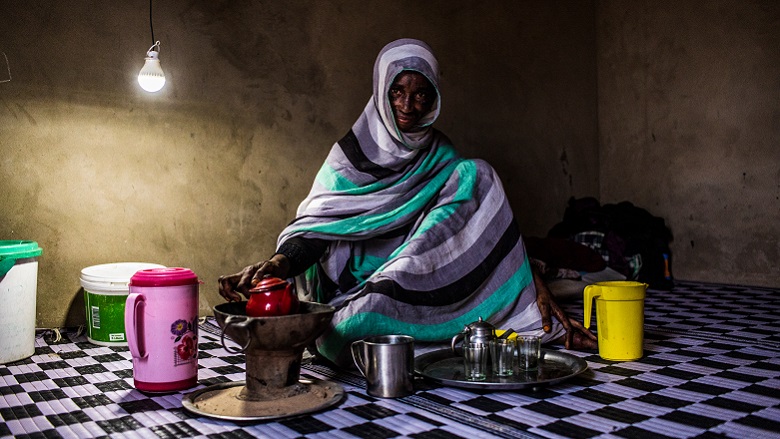This is when the Paris Agreement, particularly its Article 6, will replace the Kyoto Protocol in overseeing international market mechanisms for greenhouse gas (GHG) emissions reductions. Current carbon crediting programs will need to adjust in order to continue generating compliance credits under the regulatory terms of the new agreement.
The World Bank has long been involved with international trading in carbon credits, building the capacity of national governments and market actors and demonstrating methodologies, business models, and best policy practices for a carbon market with high environmental integrity. At the forefront is the World Bank’s Carbon Initiative for Development (Ci-Dev). This trust fund is helping low-income countries access climate finance faster and, in line with the ambitions of the Paris Agreement, its new Standardized Crediting Framework (SCF) offers a streamlined, country-owned emission reduction crediting framework that makes national carbon crediting more transparent, less costly, and quicker to realize the benefits of emissions reductions.
We sat down with Environmental Specialist and Ci-Dev Fund Manager, Matt King, to discuss the SCF, its successes so far, and how it can help countries and carbon crediting programs evolve and advance under the Paris Agreement.
Q: What is the Standardized Crediting Framework and why was it created?
A: Since 2012 we have been supporting low-income countries to convert emissions reductions into carbon credits through the Clean Development Mechanism (CDM), one of the main international systems that enables this conversion. The CDM is effective in many ways, but its complex processes and demanding data monitoring, reporting, and verification (MRV) requirements have burdened many of the world’s poorer countries and slowed their entry into the carbon marketplace.
To make it easier for our clients and other low-income countries to access carbon markets and reap the rewards of reducing GHG emissions, we drew on CDM experiences from across the Ci-Dev portfolio to develop the Standardized Crediting Framework (SCF). It is a country-led approach to emission reduction crediting that simplifies and streamlines processes and lowers transaction costs. It sets standard “rules of the game” for crediting in a fair and transparent way, which encourages the private sector to partner and participate.
The SCF has been designed to be instrument neutral, and we see its potential across Article 6 activities. Its systematic approach to counting carbon credits can serve as model to other countries and programs and help achieve the economic and environmental promise of a robust global carbon market open to all.

